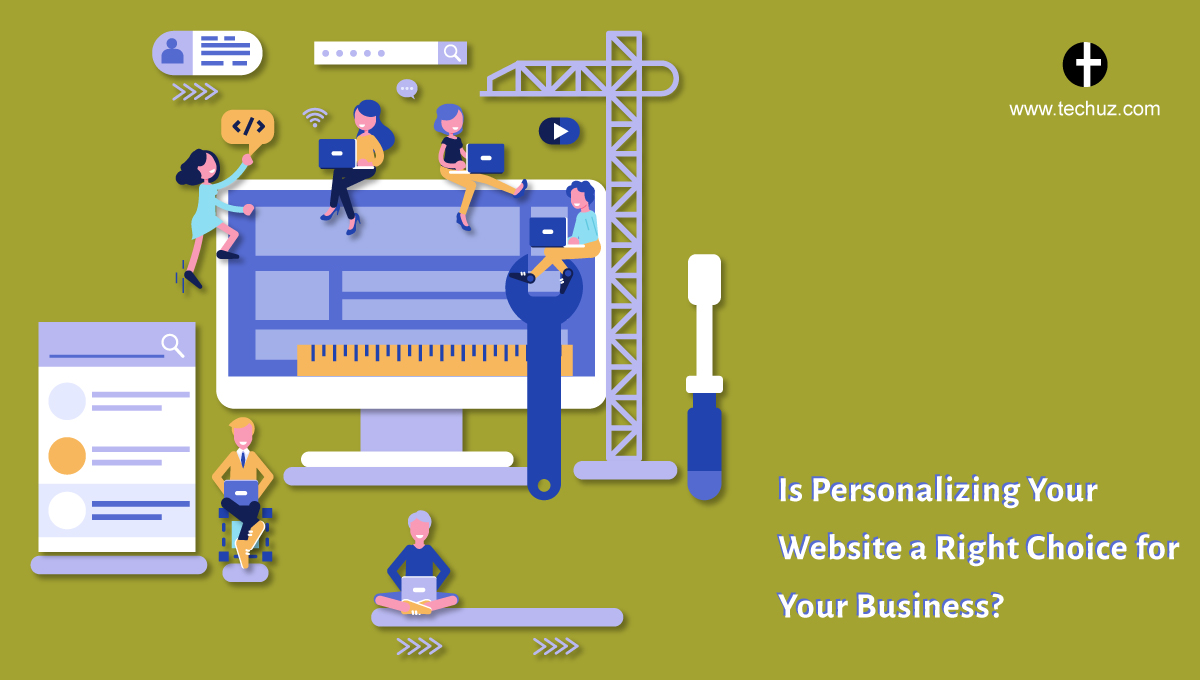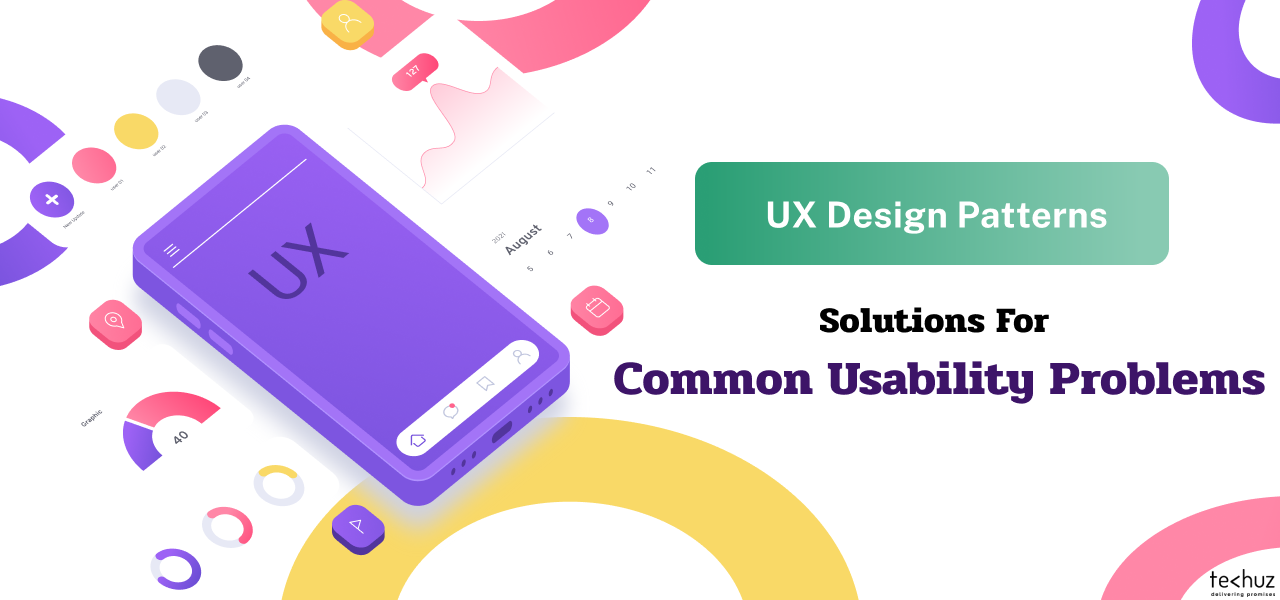Posted on
May 19, 2018
Updated on
March 21, 2024
Read time
 6 mins read
6 mins read
Remember the sales clerk at the general store near you who greets you with your name and knows what you often buy? He/she even suggests you the new products arrived in the market, offers and discounts and makes the buying experience pleasurable. In the end, he/she even waves you bye with a smile on the face saying, “Please visit again!”
You are definitely going to visit again, don’t you?
So, do you know why the buying experience was such a pleasure? (apart from the offers and discounts)
The answer is personalization.
Personalization is the approach that has been used by witty sales clerks and marketers to foster personal relationship and boost sales. Based on your behaviour and previous purchases they know your preferences, your taste, your likings, your interests, etc. and all these are used to provide a better service.
Cambridge dictionary defines “personalization” as to make something suitable for the needs of a particular person. And personalization in web design is no different. The same concept applies to the web world. Let’s understand personalization in websites.
Personalization in Websites
Since most of the activities such as shopping, reading, entertainment, recreation, etc. have moved online, the approach of personalizing the websites was developed.
User’s activity over the internet is analysed to recommend relevant products and services relevant to their interests.
Do you remember an instance when you visited a website and its suggestions were a perfect match for your interest and needs?
I know a thought bubble must have popped up above your head with websites like Amazon, Netflix, Pandora, Spotify, YouTube, etc. These websites have mastered the art of providing the personalized experience to the users by recommending the products and content as per their preference. In fact, Amazon.com is one of the best examples of using personalization that has changed the online buying experience of the customers.
Suggested Read: Elements of UX that Creates Trust Towards Your Website
Benefits of Web Personalization
#1. Connects with the Customer at a Personal Level
Personalization helps your brand to connect with your users at a personal. Simple things like welcoming the customer with the name on the homepage can have a massive impact. When you use the customer’s name, analyze their actions and provide them recommendation according to their preferences, they feel more connected to your brand.
Even one of the most successful marketing campaign, “Share a Coke” by Coca-Cola was based on personalization. The beverage giant replaced the “Coca-Coal” logo on one side with the phrase “Share a Coke” followed by country’s most popular names. And this campaign was a huge hit. It not only boosted the sale but also helped them to enhance the brand connection.
#2. Narrow Downs Customer’s Focus to his Relevant Interest
When the website has a huge data of content or products, it is natural that the customer might get distracted, confused, may not get what he/she is looking for and abandon the page. But personalization makes it easy for the users to find the products according to their interest and the ones they are more likely to buy.
#3. Better Customer Service and Increase Brand Loyalty
Personalization increases the loyalty of the customers towards your brand. When you understand the user’s persona, it helps you to create a customized message that resonates with the individual customer. This creates a personal bond between you and your brand and increases the loyalty. Not only that, personalization converts the user activity into a better user experience. By understanding the user behaviour and persona, you can serve better and ultimately enhance the customer experience.
#4. Higher Conversion
The visitors are of no use if you are not able to convert them into customers. Even if you have the most awesome content or a vast range of products but if you cannot match up with customer’s interest, they are less likely to buy your products. Here, personalization helps to understand the user behaviour and suggest the right product that will strike their chords. According to research by HubSpot, CTAs that were targeted to the user had a 42% higher view-to-submission rate than generic CTAs for all visitors. Not only that, a study by Monentate/eConsultancy found 19% higher sales of in-house marketer who personalized their web experience.
Indeed, personalization is a great tool, but sometimes these web algorithms can also be tricky.
Drawbacks of Web Personalization
#1. Tends to be Annoying if It Goes Wrong
We all have experienced the ads chasing us on the internet that are related to the products we have searched previously. And sometimes they are annoying. This is one of the problems of providing a personalized experience to each user. There are chances that these algorithms may get wrong. If you suggest the wrong products or something that offends the customer, instead of strengthening the relation, you may end up losing one.
#2. Requires Time and Huge Investment
Personalization takes a huge amount of time and investment before you can reap its rewards. It requires intense efforts of collecting data, curating it, analysing, understanding the user’s persona, maintaining it and much more. Once done, you need to employ your efforts to use this data until you get the results. And this process goes on. Of course, all of these will affect your pocket.
#3. Might be Creepy for Some Users
In order to provide a personalized experience to your users, you need to understand their behaviour. And this can’t be done without tracking their online activity. No doubt, it helps them to get personalized services, but some users may not be comfortable sharing it. They may hate the fact that you are tracking their online activity and may find it creepy. According to a research by Accenture, only 49% of shoppers would not object to having their buying behaviour tracked if it would result in relevant offers. So, make sure you do not cross the thin line between personalization and being a creep.
Wrap up
Personalization comes with a bunch of benefits, no doubt it can help you to achieve your sales goal. However, it is not a silver bullet as your marketing strategy. It is expensive, it needs huge time and can backfire if things go wrong. So, should you personalize your website? Well, it depends on your business, the products and services you provide, your audience and most important considering whether the benefits are worth the expenses.
Hope you had an enjoyable time reading it.
We are Techuz, a top web design and development company in India providing top-notch web development services all over the globe. If you have any inquiries for web and mobile app development for your business, feel free to contact us.








